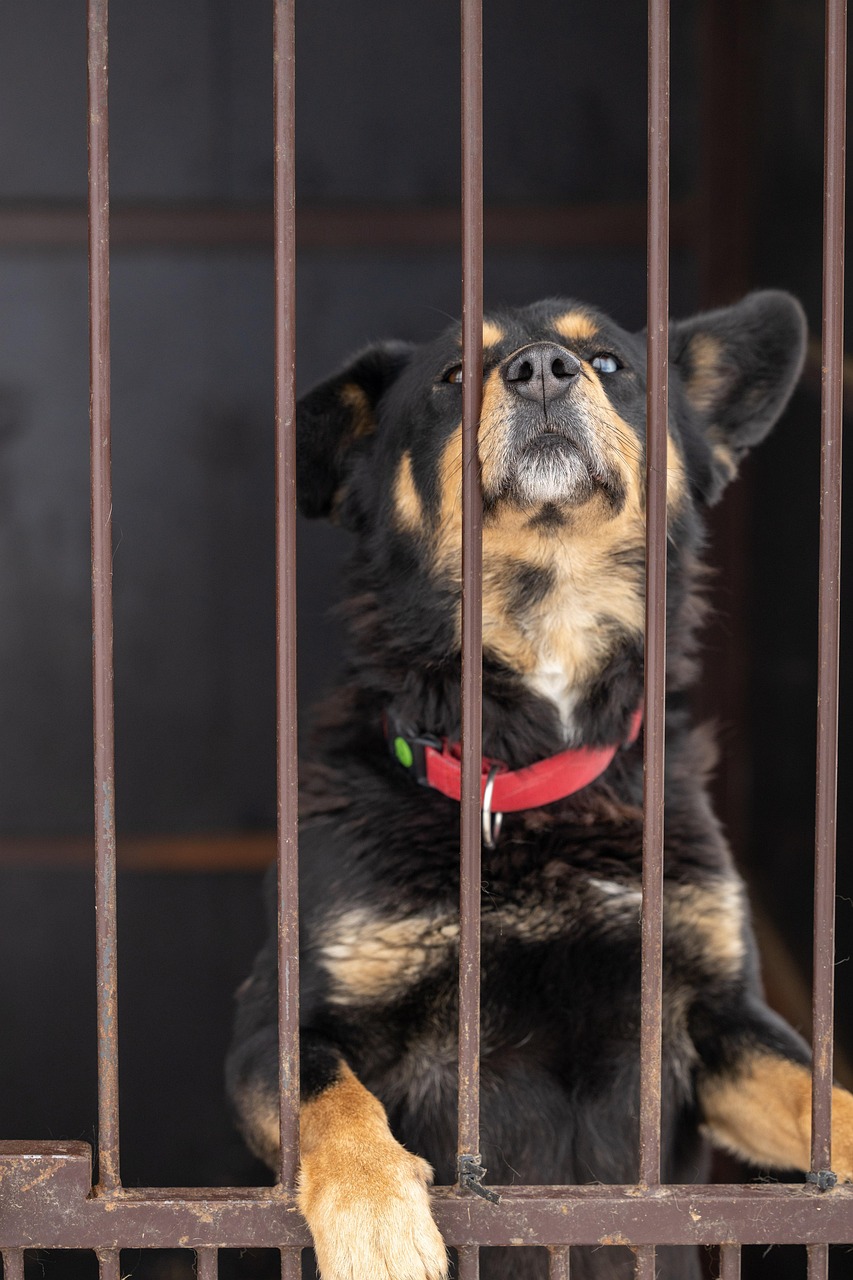Common Allergies in Dogs: Signs and Treatment Options
Recognizing Allergy Symptoms
Identifying allergy symptoms in your dog is crucial for timely intervention. While some signs may be subtle or mistaken for other conditions, paying attention to specific symptoms can help you address your dog’s discomfort sooner rather than later.
Common Symptoms Include:
- Itching & Scratching: Persistent scratching or biting at the skin often indicates an allergic reaction. If your dog seems unusually restless or is constantly grooming themselves, it’s a red flag.
- Red or Inflamed Skin: Rashes or hot spots that develop due to excessive scratching can be signs of allergies. Inflamed areas need immediate attention to prevent infection.
- Ear Infections: Frequent head-shaking or signs of discomfort around the ears may suggest food or environmental allergies. If your dog has recurrent ear infections, it’s essential to investigate further.
- Gastrointestinal Issues: Symptoms like vomiting or diarrhea could indicate a food allergy. Monitoring your dog’s food intake and reactions can provide valuable insights.
By recognizing these symptoms early, you can take the necessary steps to alleviate your dog’s discomfort.
Common Allergens Affecting Dogs
Dogs can be sensitive to various allergens that can be found both indoors and outdoors. Understanding these triggers helps you identify potential causes behind your dog’s allergic reactions.
Environmental Allergens:
- Pollen: Seasonal pollen from trees, grasses, and weeds can trigger allergic reactions during specific times of the year, especially in spring and fall.
- Dust Mites & Mold: Common indoor allergens like dust mites and mold spores can affect dogs year-round, particularly in damp areas.
Food Allergens:
- Proteins: Beef, chicken, and dairy products are common proteins that can lead to food sensitivities in dogs. It’s important to note these in your dog’s diet.
- Grains & Fillers: Some dogs react poorly to grains like wheat. If you suspect food allergies, consider transitioning to a grain-free diet.
Understanding these common allergens allows you to make informed decisions about your dog’s care and diet.
Treatment Options Available
Once you’ve identified potential allergens affecting your dog’s health—whether through observation or veterinary consultation—it’s time to explore treatment options tailored specifically for their needs.
Medical Treatments:
- Antihistamines: These medications can alleviate itching by blocking histamine release in the body. While not all dogs respond to antihistamines, they can be an effective option for some.
- Corticosteroids: Used for severe cases where inflammation occurs extensively, corticosteroids can provide relief. However, long-term use must be monitored closely by a veterinarian due to potential side effects.
Alternative Therapies:
- Allergy Shots (Immunotherapy): This method involves administering small doses of allergens and gradually increasing them over time to help build tolerance against specific triggers.
- Omega Fatty Acids: Supplementing your dog’s diet with Omega fatty acids can help reduce inflammation associated with skin irritations due to allergies.
Consultation with a veterinarian ensures you choose safe treatments suitable for your dog’s individual needs.
Preventive Measures You Can Take at Home
While it’s impossible to completely eliminate exposure to allergens, several proactive steps can minimize the risk factors associated with allergies in dogs.
Simple Steps Include:
- Regular Grooming: Bathing your dog regularly with hypoallergenic shampoo helps keep their coat clean while removing pollen and dust particles trapped in their fur.
- Limit Outdoor Exposure During High Pollen Days: Keeping walks short on particularly windy days reduces chances of inhaling airborne irritants significantly. Consider timing walks in the early morning or late afternoon when pollen counts are lower.
- Diet Management: If you suspect food sensitivity, gradually transition to a limited-ingredient diet, introducing one new protein source at a time. Monitor your dog’s reactions before adding any new ingredients back into their meals.
Implementing these strategies not only promotes your dog’s overall well-being but also contributes to a healthier environment where your pet can thrive comfortably.
When To Consult Your Veterinarian
If home remedies fail after trying various interventions or your dog shows signs of severe discomfort, seeking professional advice becomes essential. Here are key indicators that warrant immediate veterinary attention:
- Persistent Symptoms That Don’t Improve: If your dog’s symptoms don’t improve with at-home care, consult your vet.
- Severe Reactions: Signs like swelling around the eyes or mouth and difficulty breathing require immediate medical attention.
- Acute Gastrointestinal Distress: Persistent vomiting or diarrhea can lead to dehydration and other health issues, so timely intervention is necessary.
Your veterinarian may recommend diagnostic tests, including blood work or skin testing, to gain valuable insights into specific allergens causing the reactions. Prompt action is vital to ensure your dog’s happiness and well-being.
Conclusion
Understanding common allergies that affect our canine companions empowers us as responsible pet owners to take charge of their health. By recognizing symptoms, exploring treatment options, and implementing preventive strategies, we can create a smoother journey filled with joy and love for our four-legged friends.
Do you suspect your dog may have allergies? Have you had success managing an allergic reaction? Share your experiences in the comments below! Let’s help each other keep our pups happy and healthy! Don’t forget to share this post with fellow dog owners who might benefit from this information!
news via inbox
Nulla turp dis cursus. Integer liberos euismod pretium faucibua





